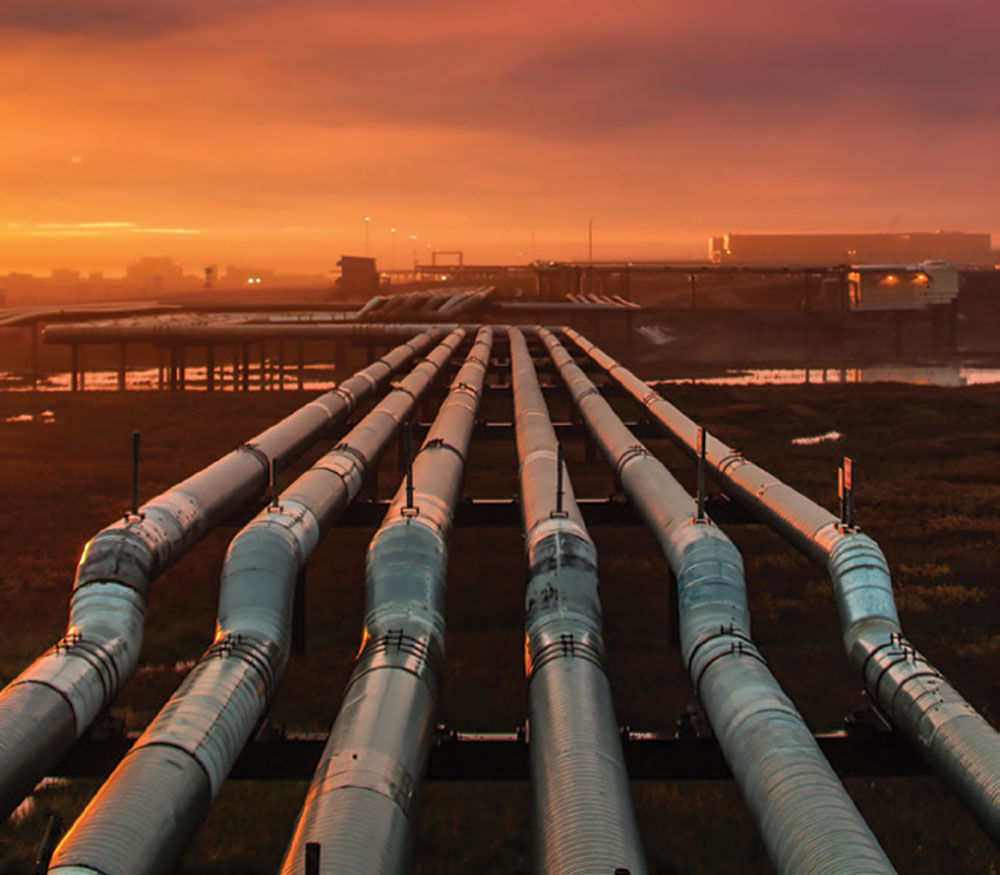
Senior Director, Energy & Mining, GCI Business
olatility in the global oil market, the recent decline in oil prices and extreme weather patterns in Alaska have made digital innovation in the oil and gas industry essential. To remain competitive in a rapidly changing marketplace, operators in the North Slope must find new ways to increase efficiency, reduce costs and improve safety for employees in the field.
While a smart oil field might sound like something out of a sci-fi movie, we are moving closer to this reality with the adoption of technological solutions like Industrial Internet of Things (IIoT), Augmented Reality (AR) and wearables.
These innovative technologies allow oil companies to make faster and better-informed decisions about mission-critical systems through real-time data. With IIoT, wireless sensors connect physical devices, enabling them to talk to each other and to be controlled and monitored remotely. In the past, crews needed to physically visit each location in the field to check for leaks or gather data. But with a push to a smarter digitaloil field that allows pulling in previously stranded data, enhanced remote sensors, and remote HD video, workers can avoid unnecessary trips into the field and companies gain real-time awareness with historical behavior analytics.

Additionally, GCI was the first to bring 5G to Alaska and is planning to expand to key areas on its fiber network. The last mile capabilities of 5G combined with our resilient core fiber network will bring the data connectivity of the future for Alaska businesses. To date, GCI has invested more than $3 billion to support future connectivity for Alaska and will continue to support the critical infrastructure needs of our key industries.
